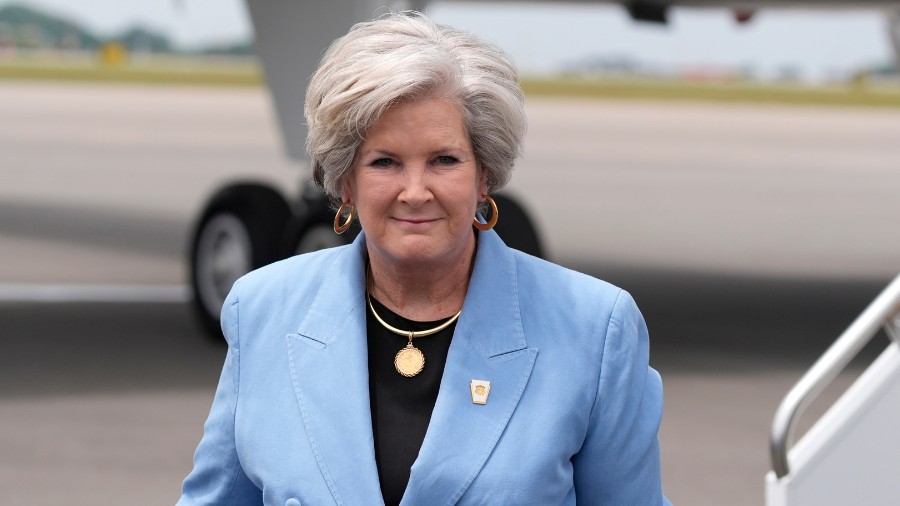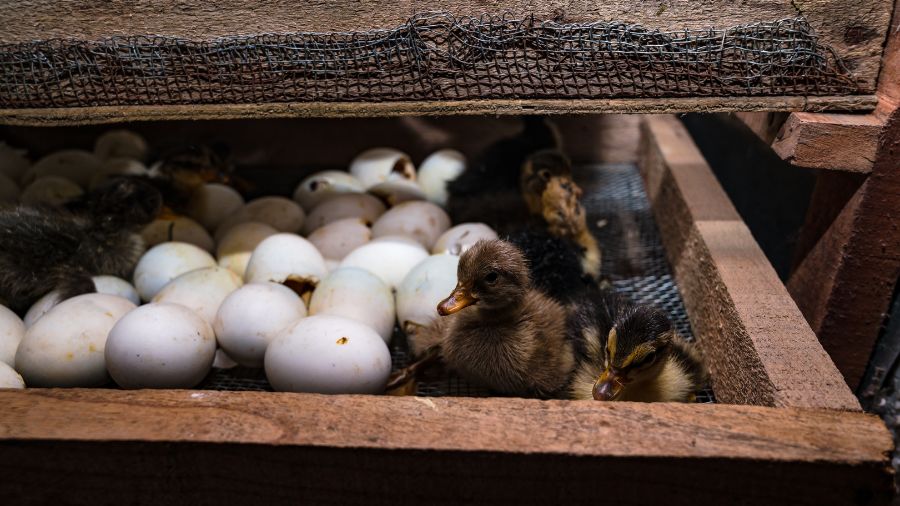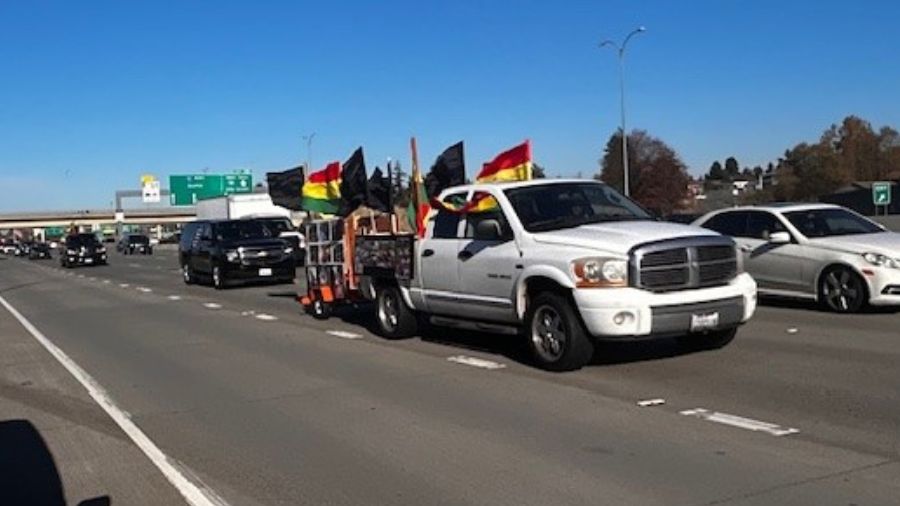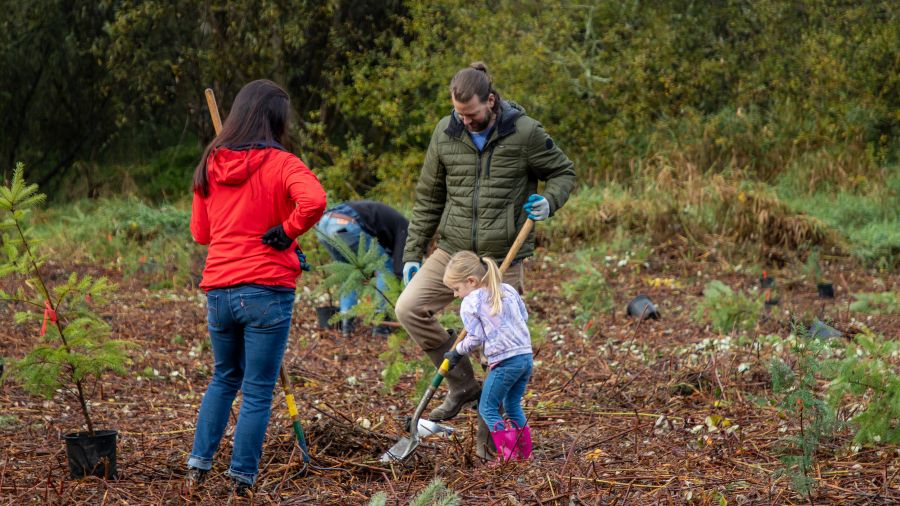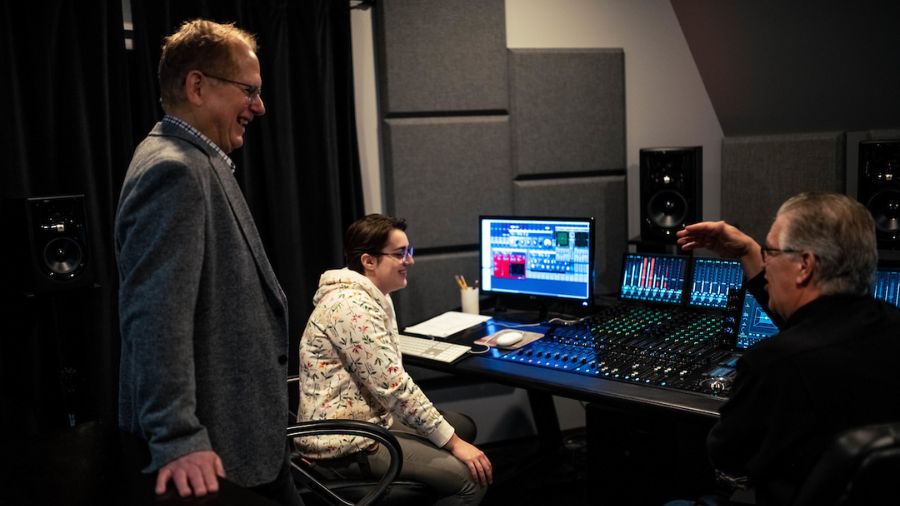Multiple wildfires erupt across western WA
Oct 17, 2022, 12:41 PM
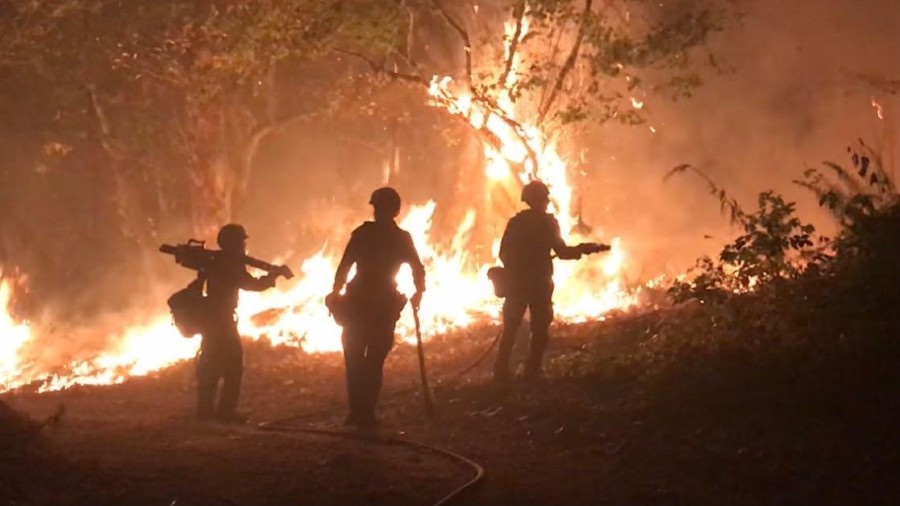
Photo from Washington State Department of Natural Resources
A series of wildfires were started or re-energized this past weekend as high heat and winds rocked western Washington with some of the driest weather conditions recorded in October in the state’s history.
Much of the visible smoky air comes from the Bolt Creek Fire, which has been burning since Sept. 10. The fire has burned an estimated 14,208 acres and is 41% contained as of Monday morning.
Other fires were revitalized over the dry weekend, including the Loch Katrine fire, the 8 Road Fire, the Jim Creek Fire, and the Nakia Creek fire.
Wildfire in southwest Washington prompts evacuation orders
The Loch Katrine Fire has burned an estimated 2,000 acres in the Mt. Baker-Snoqualmie National Forest. Forest Road 57 and the Sunday Lake Trail #1000 are closed near the fire for safety reasons, DNR said.
#LochKatrineFire update: Estimated at 2,000 acres, burning exclusively in private timber land and on the Mt. Baker-Snoqualmie National Forest about 30 miles east of Seattle. The fire may be visible from both the I-90 and I-405 highway corridors.
— Washington State DNR Wildfire (@waDNR_fire) October 16, 2022
The 8 Road Fire in South Pierce County has burned 150 acres since Sunday. A spokesperson with the Washington State Department of Natural Resources (DNR) said air and ground crews have attacked the fire throughout the day, and ground crews will continue work throughout the night.
According to Pierce County Fire and Rescue 23, a Level One, or “Be Ready,” evacuation notice has been issued for people living at certain locations of Scott Turner Road, Beaver Creek, and 8 Road.
There are currently 23 crews fighting the fire.
The Nakia Fire has burned 1,565 acres near Vancouver, Wash., and is only 5% contained. Approximately 2,900 residents are under evacuation orders, while an additional 5,000 homes are under a “Be Set” Level 2 order.
The fire exploded in size, growing from about 150 to 2,000 acres in just a day.
Fire crews are facing challenges with the Nakia Fire specifically, due to the terrain, according to Ryan Rodruck, the public information officer for the Washington State Department of Natural Resources.
“On several fires this season, terrain, just the ruggedness of the mountains, the ruggedness of the area in which these fires burn, has presented significant challenges for our firefighters. But we are doing everything we can with every resource available to address these blazes,” Rodruck said.
The Jim Creek Fire is threatening critical infrastructure. A small Navy center in East Snohomish County is still unscarred from a brush fire there.
Arlington-Stanwood Firefighters say state and federal fire teams have taken over for most local crews.
They were called to the road leading up to the Twin Lakes Sunday night.
The fire is in the Jim Creek Navy Recreation area, which is for military service members only.
Rodruck said that this wildfire season is significantly later in the year than it normally would be.
“This is a later-than-average wildfire season owing to those extremely hot and extremely dry conditions that persisted late into the month of October now,” Rodruck said.
The Nakia fire is under investigation, but Rodruck said “the Nakia Creek Fire is suspected to be human-caused, however, that exact point source is going to remain under investigation for the time being.”
These fires have caused a significant amount of smoke over Puget Sound, with moderate air quality hovering over Seattle on Monday, according to the Washington Smoke Blog.
Kayla Mazurkiewicz with the National Weather Service said there will be a reprieve from the lung-burning air soon, with a shift in wind patterns set to bring relief from wildfire smoke.
“Now with the marine air that’s going to come push in, that’s going to come with westerly winds, so that smoke is actually going to push to the east today,” Mazurkiewicz said. “So today, you’re going to have some improvement [with] air quality. And I’m sure everyone would like to see that. Especially since you’ve had a hot weekend and very bad air quality around the area.”
KIRO Newsradio’s Sam Campbell contributed to this report


